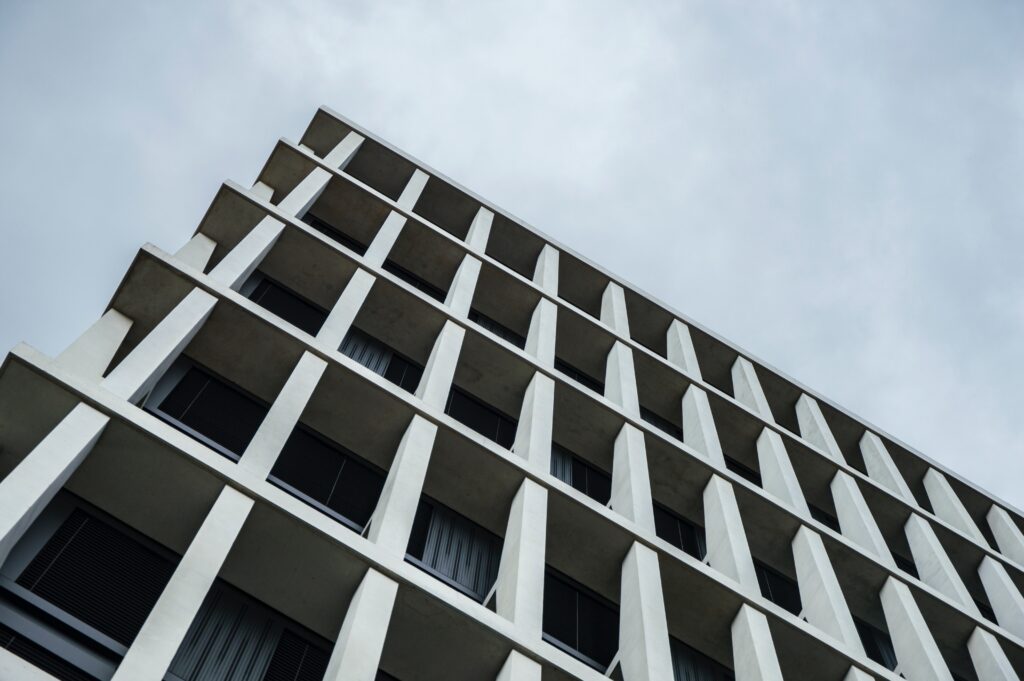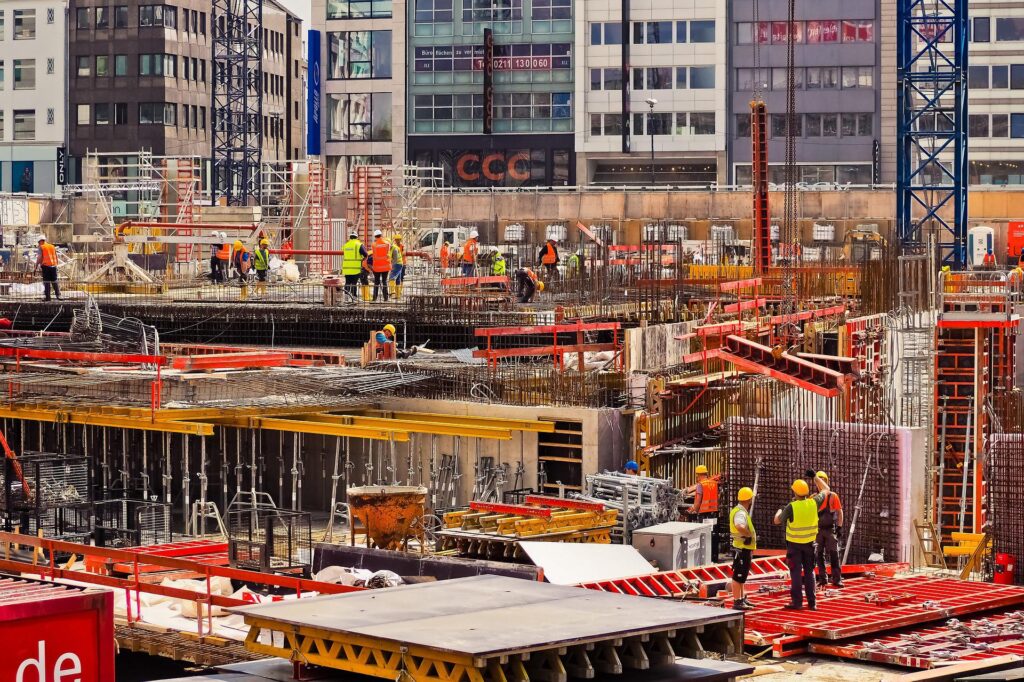Cooler summers in the city thanks to appropriate building materials
Cities get warmer than rural areas so the Federal Housing Bureau (FOH) has published a catalog for planners and developers who construct or renovate buildings in urban areas with listed building materials that have a mitigating effect on the urban microclimate.

According to the latest climate scenarios for Switzerland, by 2060 average summer temperatures will increase by +2.5 to +4.5°C compared to 1981-2010, and maximum temperatures and the number of hot days will also increase. This will have a direct impact on the well-being of inhabitants, especially in urban areas which, compared to rural areas, get warmer during the day and cooler at night. However, it is possible to influence this “heat island” effect starting with the choice of building materials.At the request of the FOBA and the Canton of Basel-City, the University of Applied Sciences Northwestern Switzerland (Fachhochschule Nordwestschweiz) has compiled a catalog illustrating the impact of building materials on heat in urban and densely populated areas. It is a reference work designed for developers, planners and owners, helping them to choose the right materials. The catalog compares materials for outdoor use, i.e., pavements and facades, and describes their impact on outdoor temperature. It also takes into account other material properties, such as sunlight reflection, service life and, in the case of pavements, infiltration.
First “Renewable Heating” consultation now free of charge
Photovoltaic boom in Switzerland

Today’s buildings affect tomorrow’s microclimate
Buildings and other architectural structures are destined to last for years. The materials used today will shape the urban climate in the coming decades. The FOB therefore encourages designers, developers and owners to consult this catalog when planning a new building or renovation. They will then be able to consider the effect of the building materials chosen on thermal changes in the surrounding area. The FOB also invites the scientific community to further develop the topic with appropriate research.
The building materials catalog was developed as part of the federal government’s pilot project on climate change adaptation.
Baumaterialien für Städte im Klimawandel. Materialkatalog mit Empfehlungen (German)
Source: Federal Housing Office http://www.ufab.admin.ch/





